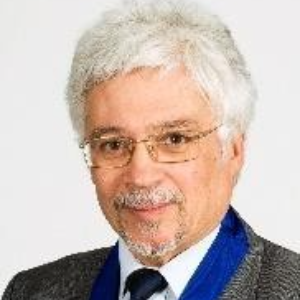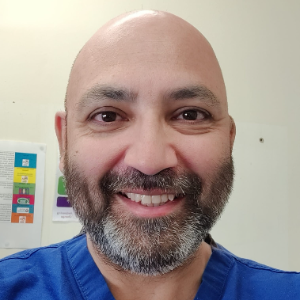Pectineus Muscle
The Pectineus Muscle is a flat, quadrangular muscle located in the anterior (front) part of the hip and thigh region. It is part of the Adductor Muscle group and is situated deep within the hip joint. Originating from the superior ramus of the pubis, it travels downward and laterally, inserting into the pectineal line of the femur. The pectineus muscle contributes to hip flexion, adduction, and medial rotation. It works in conjunction with other muscles of the hip, such as the adductor longus and brevis, to facilitate movements like bringing the thighs together and flexing the hip joint.
In terms of innervation, the pectineus is primarily supplied by the femoral nerve, a branch of the lumbar plexus. Despite being one of the smaller muscles in the hip region, the pectineus plays a significant role in the coordination and stability of the hip joint during various lower limb movements. Strengthening exercises for the pectineus are often included in rehabilitation programs and fitness routines targeting overall hip strength and flexibility.

Stephen S Tower
University of Alaska Anchorage, United States
Marcos Brioschi
American Academy of Thermology, United States
Wagih El Masri
Keele University, United Kingdom
Arif Akkok
Lake Erie College of Osteopathic Medicine, United States
Akash Ganguly
Warrington and Halton Hospitals NHS FT, United Kingdom
Sajid Ali
The Dudley Group NHS Foundation Trust, United Kingdom




Title : The UK profemur recall and implant cobaltism
Stephen S Tower, University of Alaska Anchorage, United States
Title : The tomographic phenotype and the genotype of wormain bones
Ali Al Kaissi, National Ilizarov Medical Research Center for Traumatology and Orthopaedics, Russian Federation
Title : New treatment of muscle contracture and joint contracture through muscle regeneration with mitochondrial dynamics
Ki Ji Lee, Busan Medical University, Korea, Republic of
Title : New treatment of sarcopenia through muscle regeneration with mitochondrial dynamics
Ki Ji Lee, Busan Medical University, Korea, Republic of
Title : The prevalence and association of self-reported depression symptoms with musculoskeletal pain and quality of life among pregnant women
Youssef Masharawi, Tel Aviv University, Israel
Title : Bipolar hemiarthroplasty under local anesthesia (2%)
Ketan Karabhai Parmar, Aayush Multispecialty Hospital, India